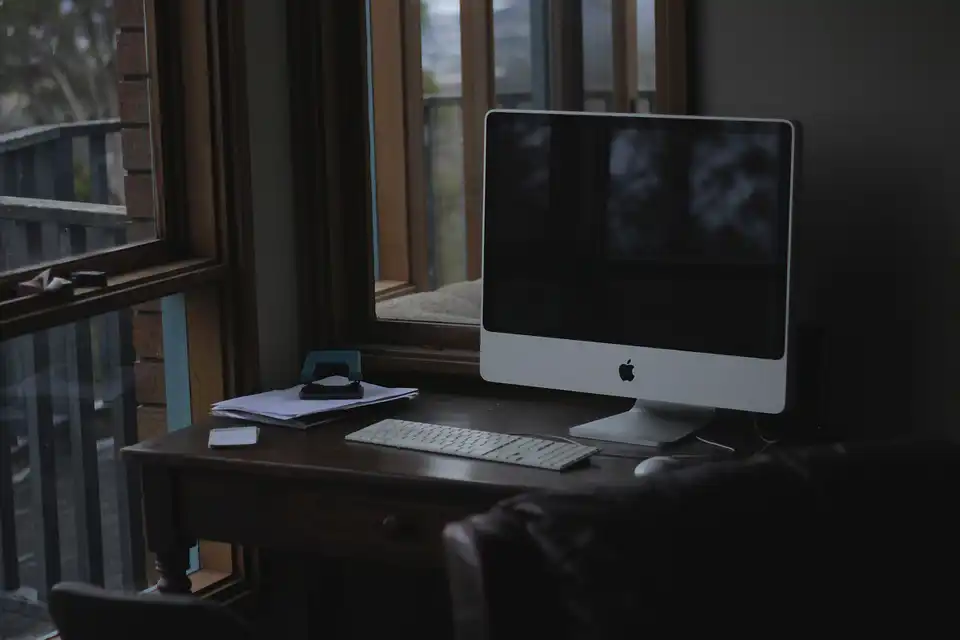Windows 10 Retirement Sees E-Waste Surge
The anticipated expiry of Windows 10 could incite an electronic waste (e-waste) issue of grave magnitude. With nearly 240 million devices predicted to be made obsolete and stripped for scrap, the impending e-waste menance is a definite cause for alarm.
The Windows 10 phase-out brings forth a severe environmental issue, affecting both the ecosystem and the economy. The majority of discarded electronics do not see proper end-of-life management, resulting in hazardous materials entering the environment.

This potential crisis requires urgent resolution. Responsible recycling and ethical disposal of e-waste are vital steps towards averting the impending disaster. It’s a matter not just for corporations, but also individuals to address responsibly.
Windows 10’s Lifecycle and Impending Exit
Since its inception in 2015, Windows 10 has been a dependable operating system for millions of devices worldwide. However, software technologies reform over time to cater to evolving advancements, and Windows 10 is no exception.
The expiry of Windows 10 means the cessation of updates and inevitably technical support. The void created by the exit of one software invites the entry of another; users will eventually have to switch to a different operating system to keep their devices functional.
This transition is significant. Users render their devices obsolete and lean towards purchasing new ones, which in turn contributes to an increase in e-waste. The cycle perpetuates itself unless changes are made in the existing practices.
The potential surge in e-waste from the expiration of Windows 10 is noteworthy. It highlights the aftermath of software retirement and draws attention to the significance of sustainable transitional practices in technology.
The Effects of E-waste
E-waste bears negative impacts on both environmental and human health conditions. Electronics contain heavy metals, such as lead and mercury, which when not adequately disposed of, pollute land, air, and water, thus distressing several ecosystems.
Additionally, the improper handling of e-waste poses direct harm to humans. Dismantling electronic devices without suitable protection exposes workers to toxic substances, causing various health issues.
Frequently, e-waste is dumped in underdeveloped locales, causing pollution and health problems among the resources-poor communities. Thus, the increase in e-waste due to Windows 10 retirement is more than just a technological concern.
E-waste is a global problem, and everyone, from tech companies to common users, should share the responsibility in mitigating its impacts. Responsible attitudes today will surely pave the way for a healthier tomorrow.
Addressing the E-Waste Crisis
Windows 10’s impending expiration underscores the importance of adopting sustainable practices in dealing with outdated technologies. Tech companies could play their parts by providing options for recycling or reusing old devices.
Creating an easy, effective, and environment-friendly policy for disposing of old hardware, such as trade-in programs or e-waste recycling events, may both raise user awareness and offer suitable solutions.
Furthermore, rather than discarding old devices, extracting reusable components could be a viable e-waste management strategy. Such practices indicate an essential shift from the traditional approach of 'buy-use-discard' to 'buy-use-reuse.'
Users should also participate actively in minimizing e-waste. Purchasing responsibly, making informed choices about devices and their disposal can contribute significantly to a substantial decrease in electronic waste production.
Preventing E-Waste: A Path Forward
The upcoming retirement of Windows 10 presents an opportunity for both manufacturers and consumers to evaluate and adjust their methods of handling e-waste. This situation calls for thoughtful solutions and concerted efforts.
Ultimately, preventing a surge in e-waste from Windows 10's end-of-cycle requires the combination of more sustainable manufacturing practices, responsible buying decisions, and ethically sound disposal policies.
Achieving this milestone means considerable individual and collective strides. However, the exertion is worthwhile considering the environmental and human health consequences linked with e-waste.
The Windows 10 end-of-life situation is a call to action for manufacturers, consumers, and policymakers alike. Offering a chance to reflect upon and modify the ways in which we interact with technology, it serves as a reminder of the urgent need for sustainable solutions.